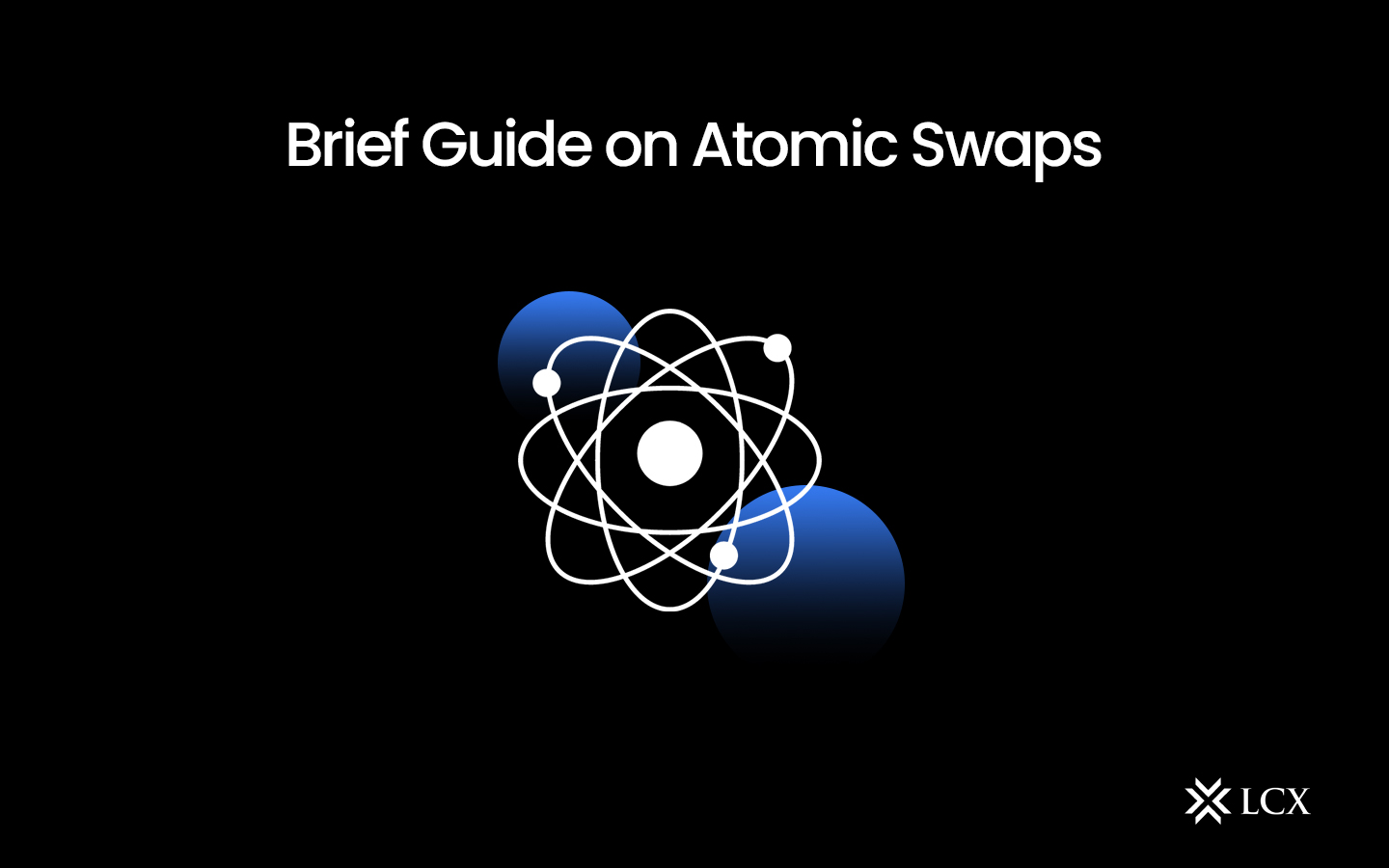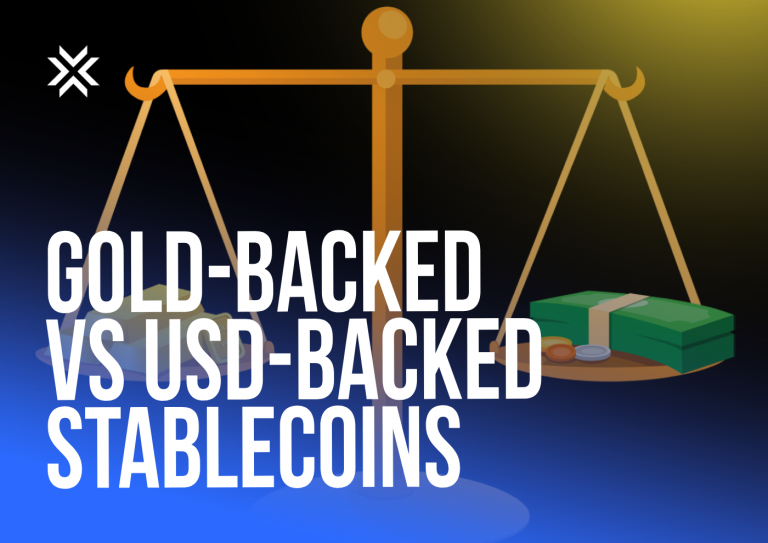Atomic swaps are exchange contracts enabling two parties to exchange tokens/cryptocurrencies from two blockchains. This mechanism, sometimes referred to as atomic cross-chain trading, eliminates the need for centralized third-party entities when executing transactions. This system preserves the independence of crypto users and enables trustless transactions in which users do not need to know one another and are exempt from counterparty risk. They are widely regarded as one of the few genuinely decentralized trading methods due to their trustless and peer-to-peer nature.
Atomic is derived from the phrase “atomic state,” in which a state has no substates; either something occurs or it does not; there is no other possibility. This refers to the status of the cryptocurrency transaction, which is either successful or unsuccessful.
Most wallets and blockchains that support atomic swaps employ smart contracts. Smart contracts are blockchain-based programs that execute when specific conditions are satisfied. In this instance, the conditions are that both parties must consent to the transaction before the timer expires. Using a smart contract in the transaction prevents either party from obtaining the other’s cryptocurrency.
History of Atomic Swaps
The idea was devised shortly after the emergence of altcoins, or cryptocurrencies other than Bitcoin. As a result of the establishment of altcoins, some cryptocurrency owners became interested in transferring funds between coins. This form of token swap first appeared in September 2017, when Decred and Litecoin underwent an atomic swap. Since then, start-ups and decentralized exchanges have implemented swaps and made them available to users. Special cryptocurrency wallets capable of cross-chain atomic swaps have also been developed.
How Do Atomic Swaps Work?
They rely on smart contracts, self-executing agreements with predefined conditions written into code. The process typically involves the following steps:
- Asset Locking: Each party involved in the swap locks their respective cryptocurrencies into a multisignature (multisig) address. This address is controlled by a smart contract that requires both parties to sign off on the transaction.
- Hash Time-Locked Contracts (HTLC): HTLCs are a crucial component of atomic swaps. They ensure that the swap occurs within a specified time frame and prevent one party from holding the other’s funds indefinitely. HTLCs use cryptographic hash functions and time locks to ensure the transaction’s atomicity.
- Exchange Verification: The participants verify the locking of funds by checking the respective blockchains for the presence of the HTLCs. This confirmation helps establish trust and eliminates the need for intermediaries.
- Secret Exchange: The participants then exchange a secret known only to themselves. This secret is used to unlock the HTLCs and claim the swapped funds.
- Atomic Swap Execution: The participants reveal the secret to each other, unlocking the HTLCs simultaneously. The smart contract ensures that the swap occurs and that the funds are transferred directly to the respective parties.
What Are the Advantages of Atomic Swaps?
- Enhanced Security: They eliminate the need to trust centralized exchanges with users’ funds, reducing the risk of theft or hacking.
- Increased Privacy: Since they occur directly between parties, there is no need to disclose sensitive personal information to third parties.
- Decentralization: By removing intermediaries, they promote the core principles of decentralization in the crypto ecosystem.
- Cost Efficiency: They eliminate the fees associated with centralized exchanges, resulting in cost savings for users.
What Are the Implementation Methods of Atomic Swaps?
- On-Chain Atomic Swaps: This method involves directly swapping cryptocurrencies that exist on the same blockchain, such as Bitcoin-to-Litecoin swaps.
- Cross-Chain Atomic Swaps: This method allows the exchange of cryptocurrencies across different blockchain networks. It requires the use of hash time-locked contracts and special protocols, such as the Lightning Network for faster and more scalable swaps.
Why Are Atomic Swaps Needed?
It is a crucial blockchain mechanism because it eliminates the need for intermediaries like cryptocurrency exchanges. This enables traders to implement cross-chain trades independent of the infrastructure of centralized trading platforms. Since intermediaries are omitted when they are used, the transactions are quick, more affordable, and free of the security incidents that plague custodial-based exchanges. All of these advantages allude to the independence provided by atomic exchange. In other words, users have greater control over their assets due to the fact that all transactions are executed directly from their personal purses.
Moreover, atomic exchanges’ cross-chain trading mechanisms promote a more interoperable crypto ecosystem. It is becoming simpler to conduct transactions across multiple blockchains as a result of atomic swaps. Lastly, they eradicate counterparty risk because trades either occur or do not occur.
Conclusion
Atomic swaps represent a groundbreaking advancement in the crypto space, providing users with a secure, trustless, and decentralized method of trading digital assets. By eliminating the reliance on centralized exchanges, they empower individuals to have full control over their funds and promote the core principles of blockchain technology. As development progresses, we can expect atomic swaps to become an integral part of the cryptocurrency ecosystem, enabling seamless and secure peer-to-peer transactions across various blockchains.










